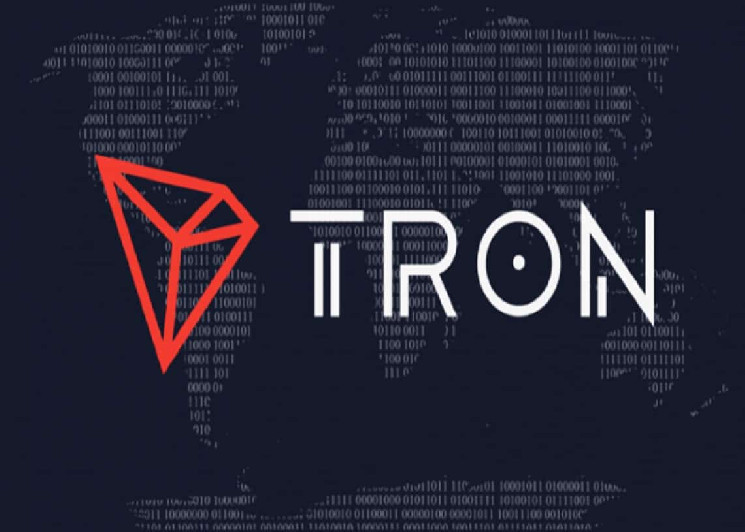Enhance Your Crypto Game with Alpha Reports!
Stay ahead of the game with exclusive reports and insights on airdrops, NFTs, and more. Subscribe to Alpha Reports to gain the alpha advantage in the crypto world!
Explore Alpha Reports
Immerse Yourself in Decrypt’s Art, Fashion, and Entertainment Hub – SCENE.
Check Out SCENE
Bitcoin has recently become easier to mine – what does this mean for the crypto industry?
Data from BTC.com indicates that Bitcoin mining difficulty dropped by nearly 6% to 83.1 trillion hashes yesterday. Mining difficulty is a key metric that reflects the level of energy and resources miners invest in securing the network, making Bitcoin more resistant to attacks.
A decrease in mining difficulty may raise concerns, however, experts have pointed out that this adjustment was anticipated in the short term, as reported by Decrypt.
“When miners are no longer profitable, they shut down operations, resulting in a decrease in hash rate,” explained Luxor mining pool CEO Nick Hansen to Decrypt.
Hash rate signifies the speed at which miners generate hashes through the encryption process, a fundamental aspect of Bitcoin’s proof-of-work mechanism.
Following the recent halving event, where miner rewards were halved from 6.25 BTC to 3.125 BTC, miners are facing increased challenges in maintaining profitability. The reduction in rewards coupled with heightened difficulty has led to a significant number of miners exiting the industry.
Nishant Sharma from BlocksBridge Consulting noted that such trends are common post-halving, where less efficient miners opt to cease operations, benefiting more efficient miners with increased rewards due to lower competition.
Scott Norris, CEO of Optiminer, echoed this sentiment, emphasizing that the network will continue to evolve as miners adapt to the changing landscape brought about by the halving event.
The decline in mining difficulty is further influenced by the price of Bitcoin, which, after reaching an all-time high of $73,737 last month, has since dropped to $62,506, a 15% decrease as per CoinGecko.
A higher Bitcoin price would enhance mining profitability and incentivize more miners to stay active. However, the current price volatility poses challenges to miners, exacerbating the impacts of the halving event.
Despite the current market lull, Norris remains optimistic, stating that historical trends suggest a potential price surge towards the end of the year for Bitcoin.









